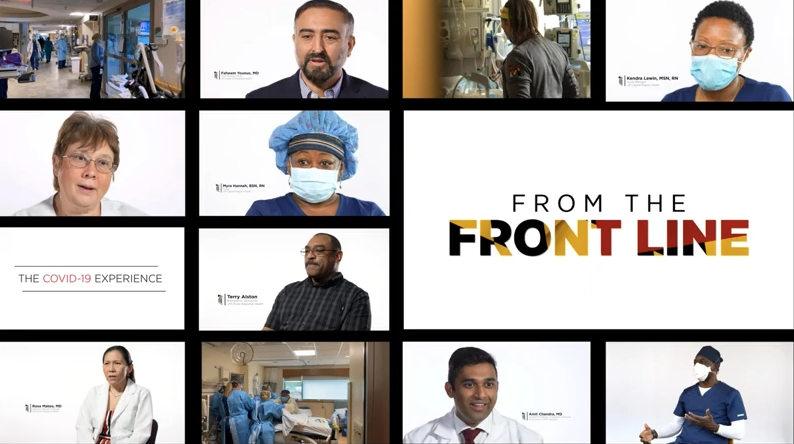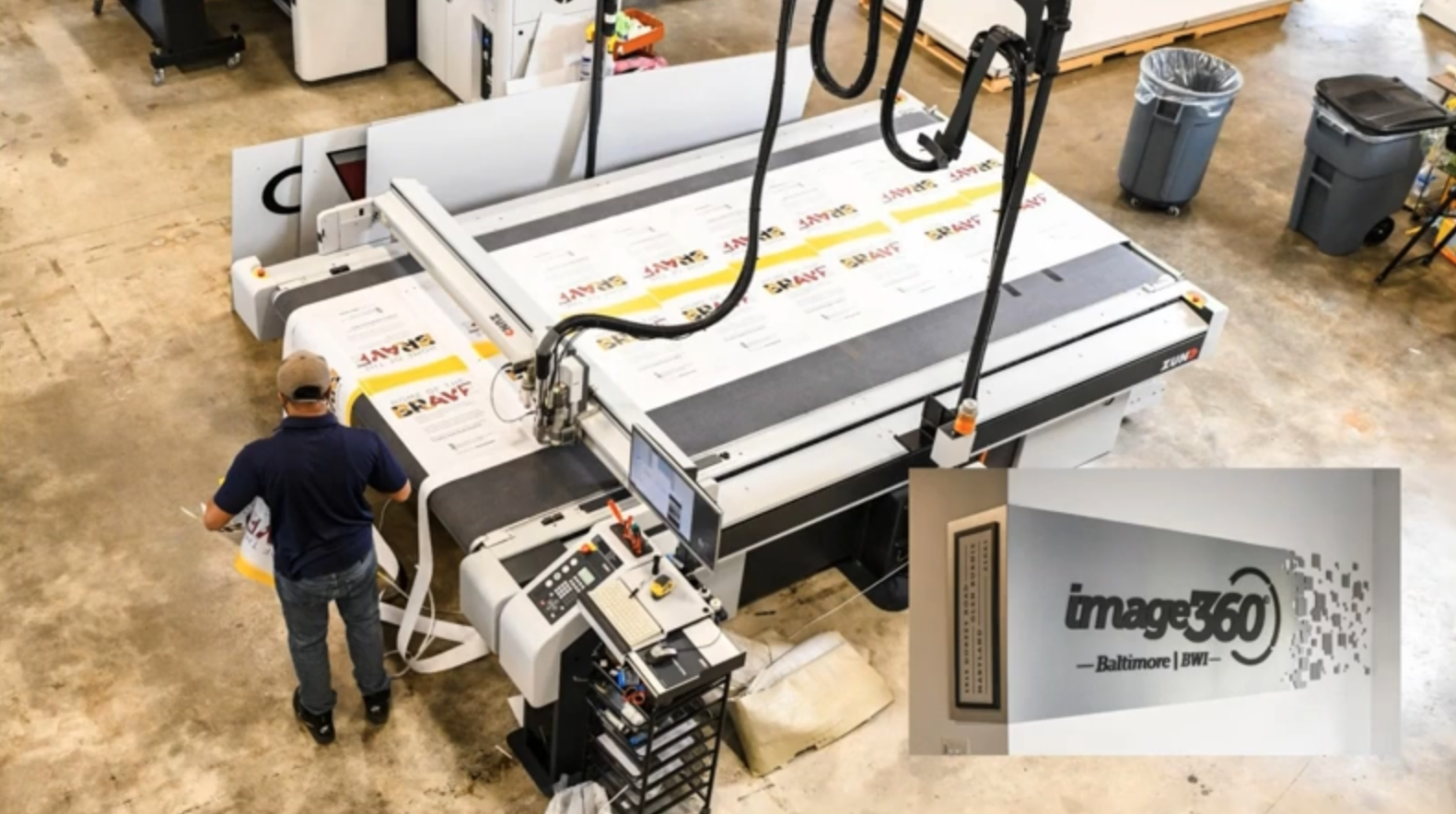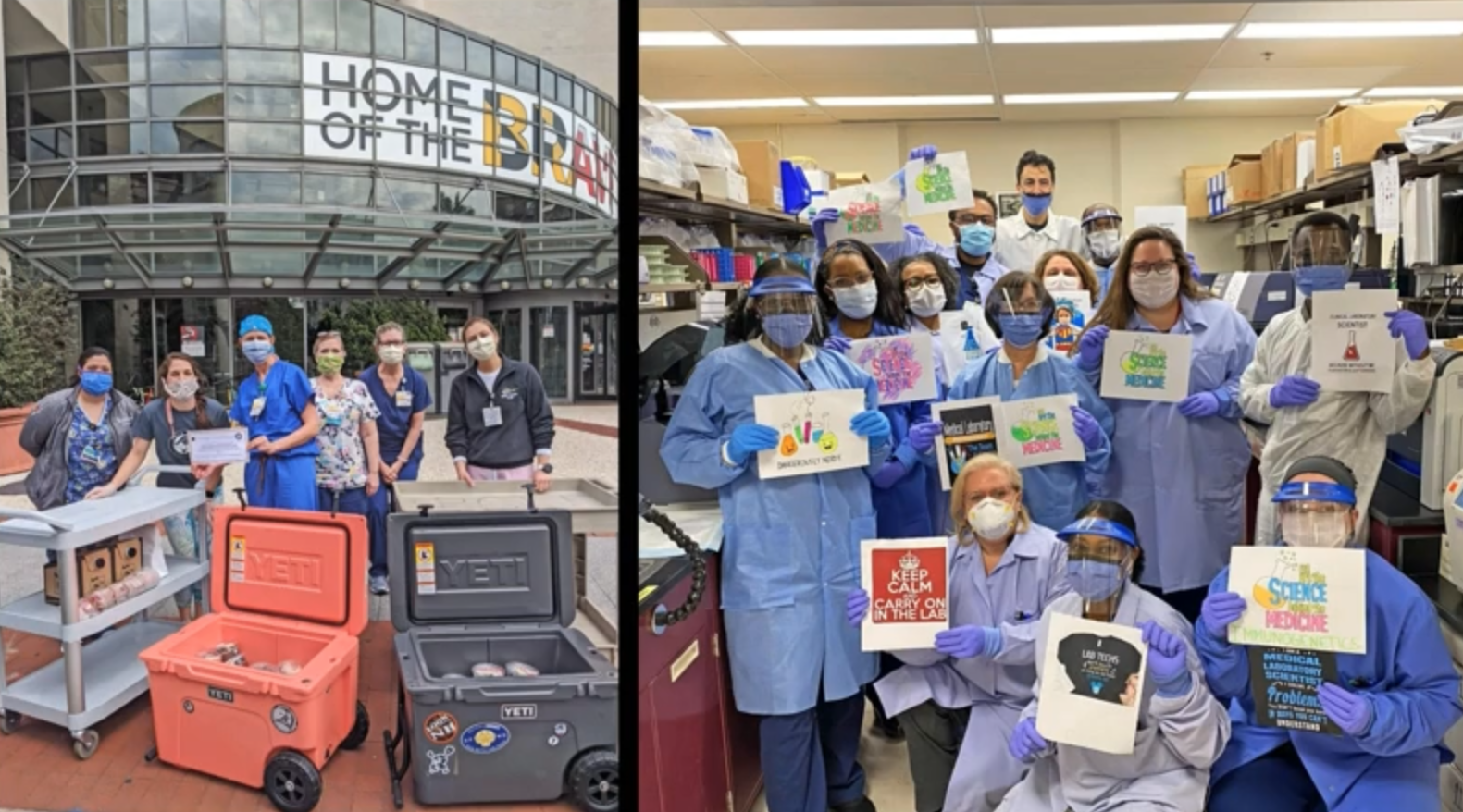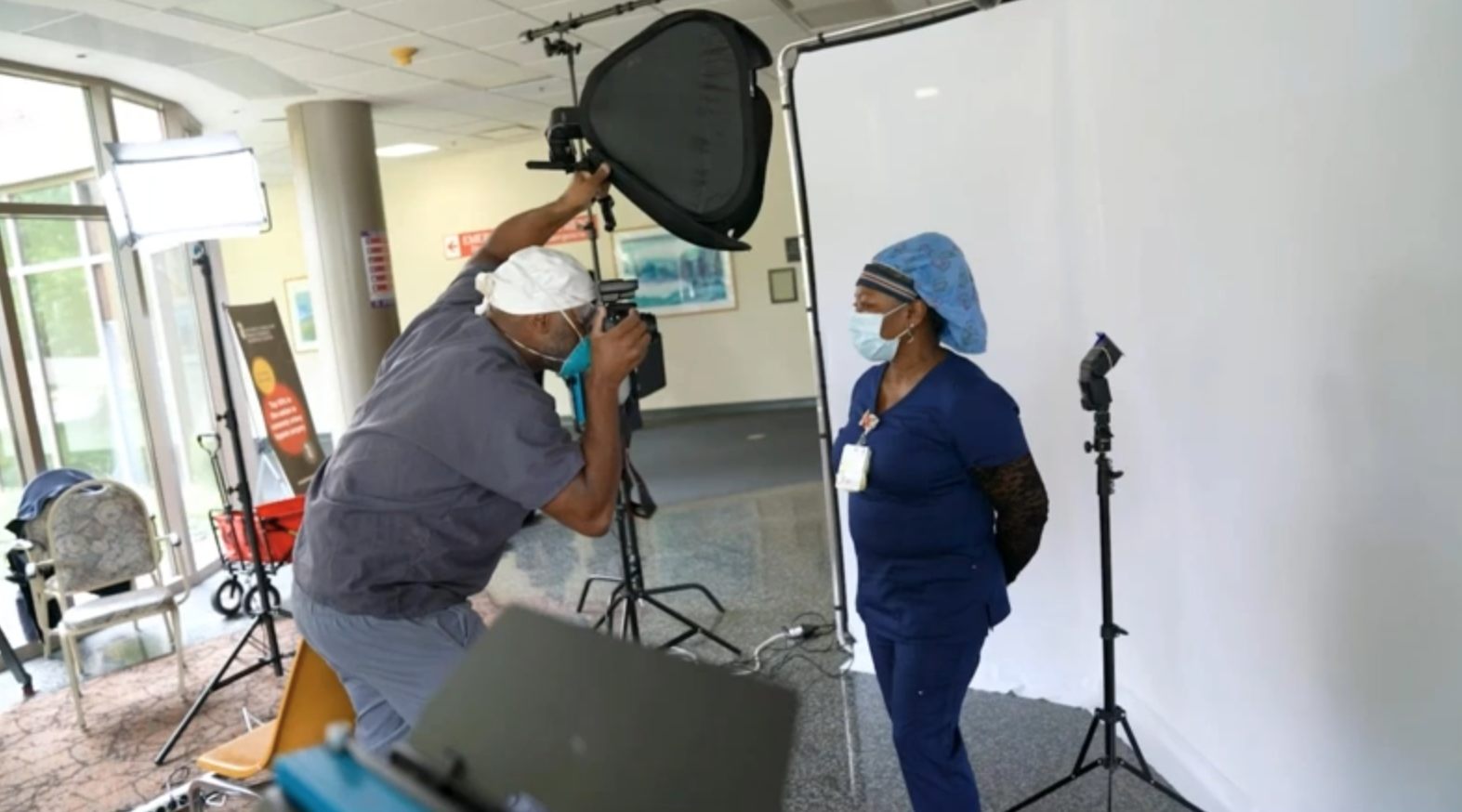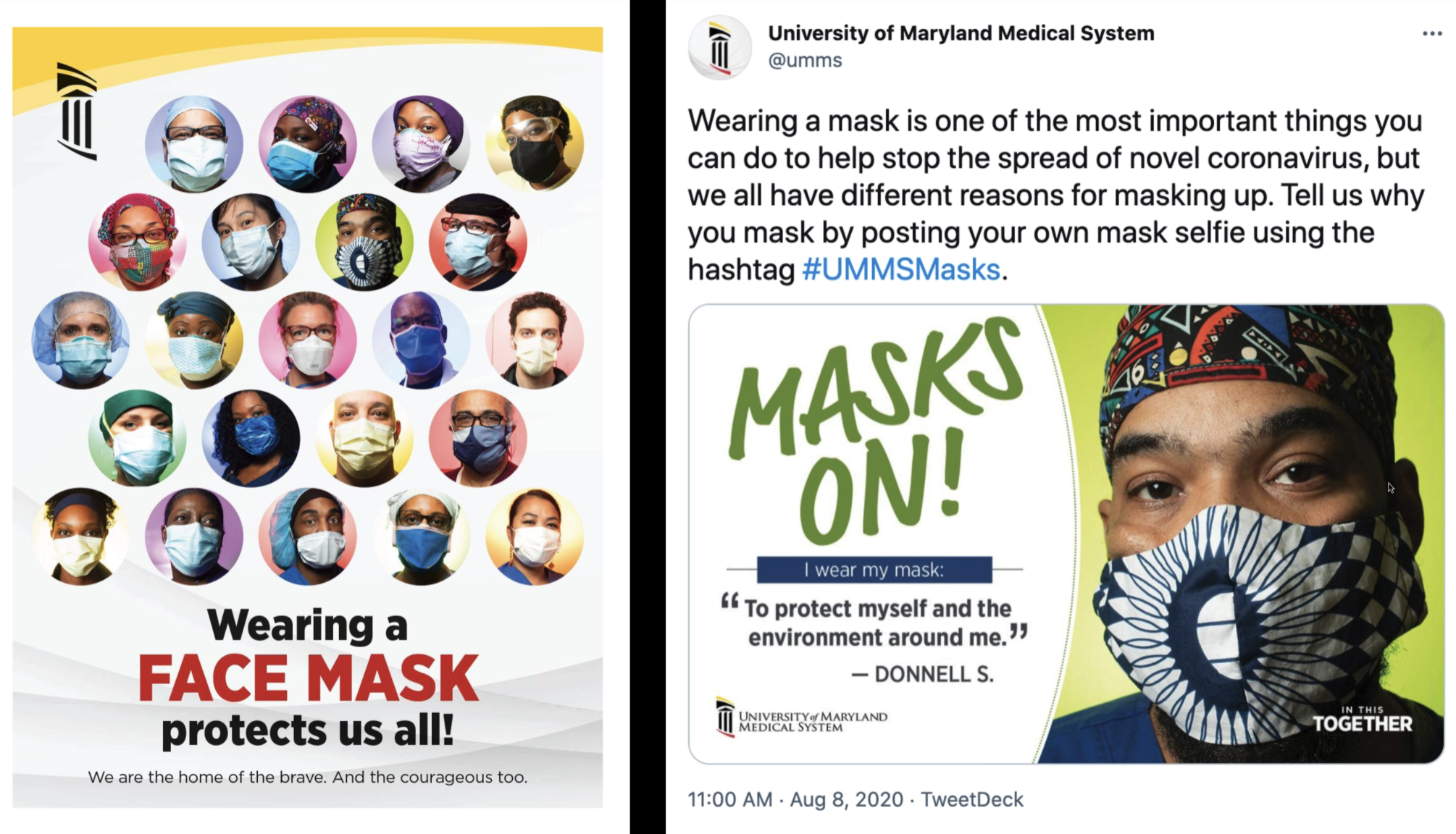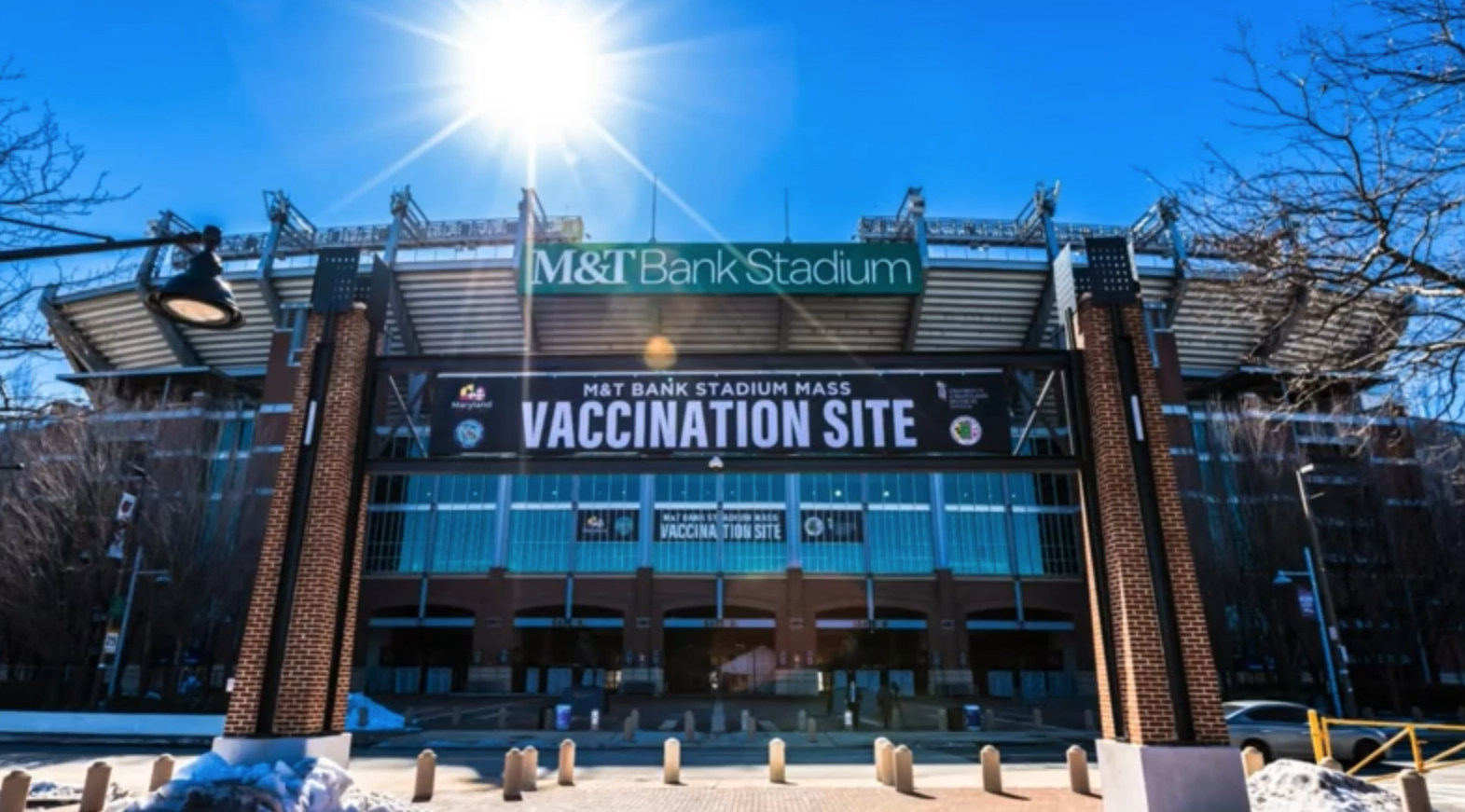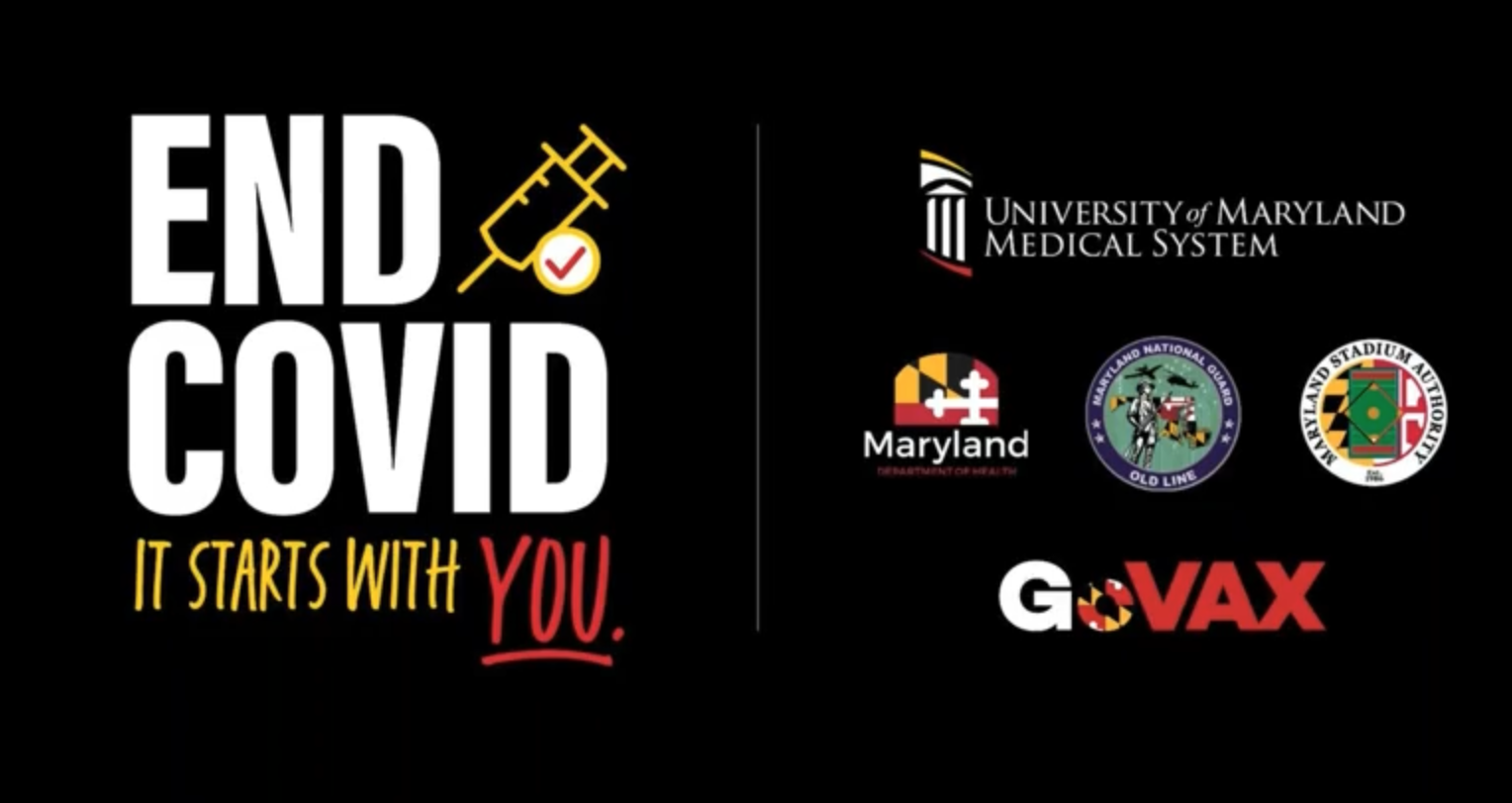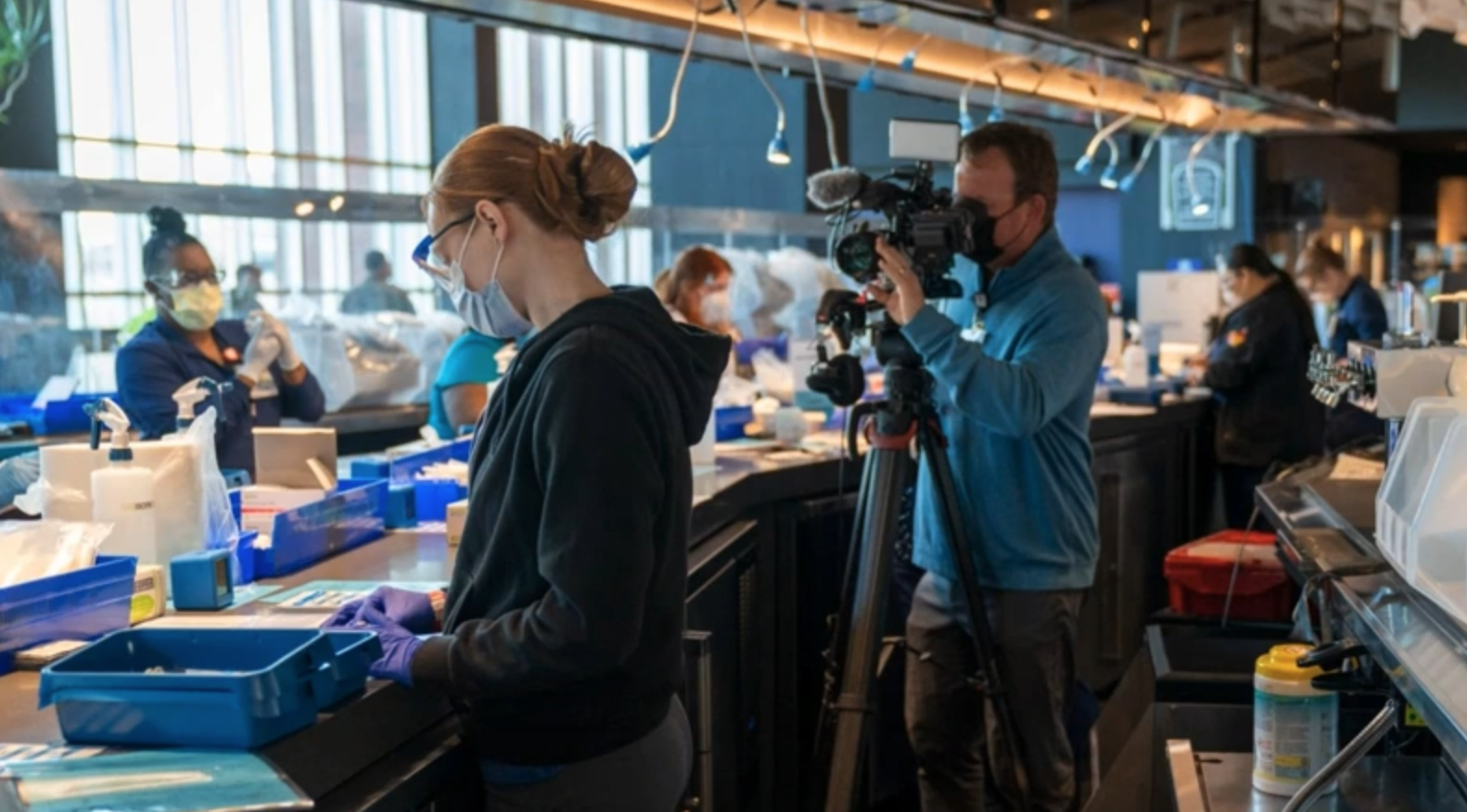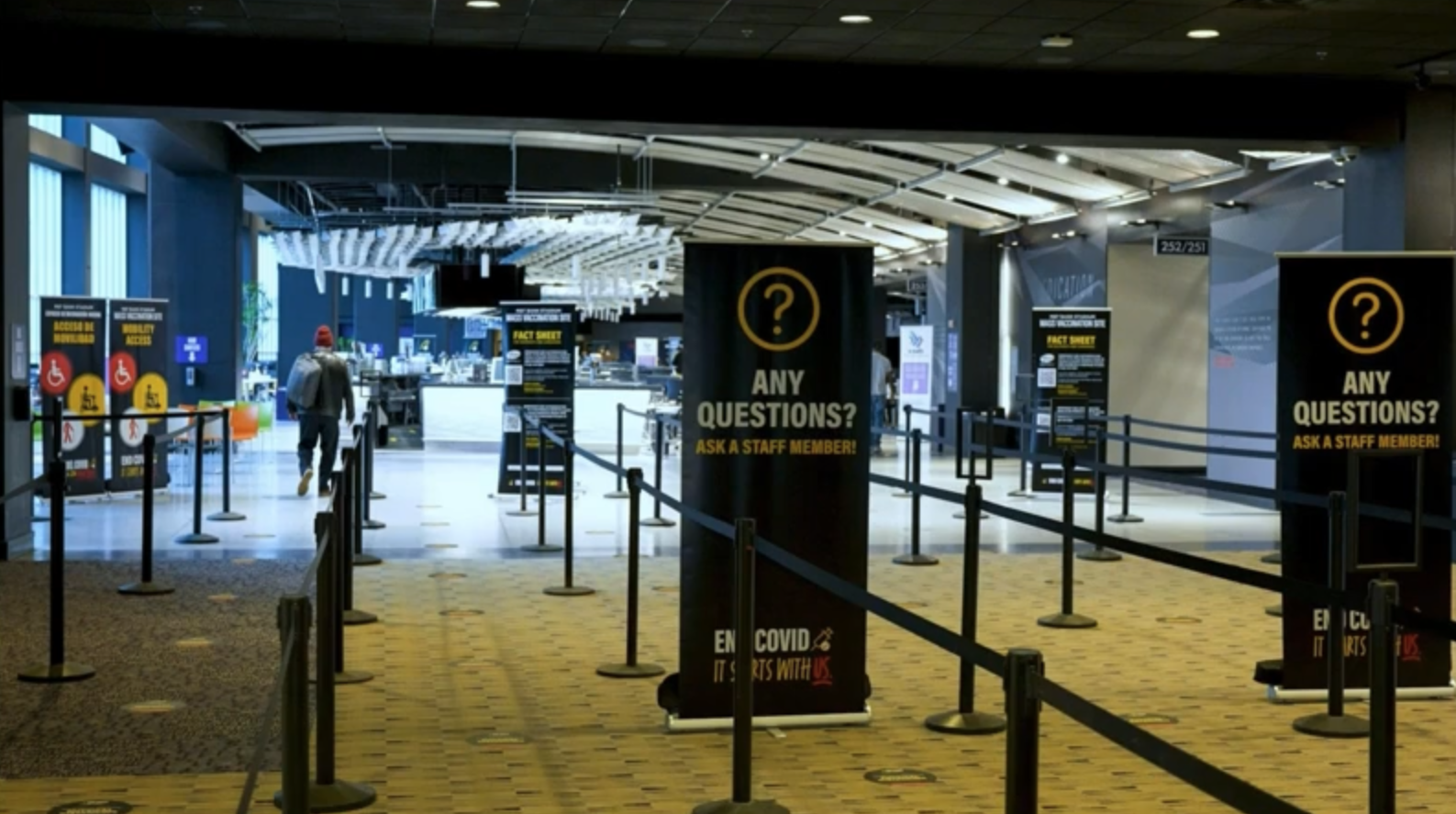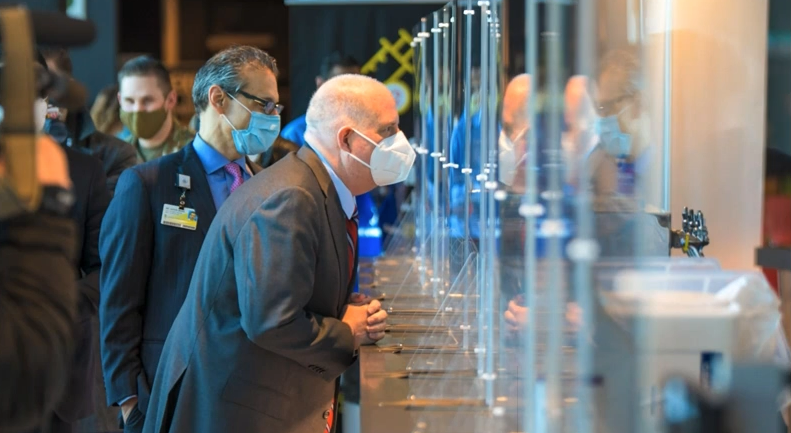Over the last year, coronavirus has challenged healthcare systems and their staff in unparalleled ways. Imagine trying to provide affordable care and communicate effectively all while working with little to no resources or protective gear. Needless to say, the healthcare heroes who continuously battle these challenges deserve more than a round of applause, they deserve a standing ovation.
During 20/21 Vision: The Collaboration Summit, two creative leaders from The University of Maryland Medical System shared how the organization handled remote work as first-timers, discussed their compassionate COVID-19 content strategy and which partnerships and tools they leaned on for support.
Meet UMMS Creative Director, Linda Praley and Director of Creative Communications, Mike Ruddock in the session summary below, then watch their brief and powerful session segment below for more content campaign inspiration and quality advice on emotionally and logistically supporting your team during troubled times.
The Situation
According to the COVID Tracking Project stats as reported by Fortune.com, “‘The overall cumulative COVID-19-associated hospitalization rate through the week ending January 9, 2021 was 364.3 hospitalizations per 100,000 population.’”
While medical professionals battled a host of logistical and resource-strained issues regarding patient care, they also had to get used to a new way of working together. Mike explains,
“In the last year, we’ve all changed and every aspect of our lives adjusted to tackle COVID-19. As a healthcare leader and academic medical system, collaboration has always been a part of our culture, but never have we needed to unite as much as we have over the last 15 months,” he says, “We immediately needed to work remotely and this is where our tools and partners were invaluable. We were not an organization that worked remotely, so our work needed to change.”
Mike Ruddock, UMMS Director of Creative Communications
Plus, with the size of the organization, additional challenges emerged. It was necessary for them to find tools and resources that streamlined information and asset-sharing between internal and external partners. “There are 13 hospitals in more than 150 provider locations [in Maryland,]” Mike shares. “There are eight of us on the creative team and 107 total team members in marketing and communications for the medical system. Our workforce and partners including PhotoShelter total more than 30,000 content creators and/or amplifiers.”
The Solution
For a healthcare organization communicating with both patients and staff members, the goal is always to be clear, concise and brief. During COVID-19, all communications needed to be factual above all else, developed strategically and distributed widely and quickly.
UMMS Creative Director Linda Praley notes, “Throughout the pandemic there were large initiatives that we wanted to scale up quickly; it was very important for us to be agile. As a healthcare organization it is our responsibility to provide factual and timely information to our patients and communities. We created dedicated content on our website, developed display advertising campaigns, we created animations for social media and employee communications and within the first six months we had uploaded thousands of assets to PhotoShelter.”
The Product Proof Points
PhotoShelter enabled the UMMS team to capture, upload, organize, and share content showing every angle of COVID-19’s impact on the organization, their employees and their local and national community from every angle. Linda and Mike both shared vivid examples of this compassionate storytelling approach.
Linda began, “How do we stay connected when we can’t be there and while fear and uncertainty is the new normal? To gather frontline team member experiences, we set up a submission form online to capture their stories. We received more than 3,600 submissions in six months, all which were loaded and shared through PhotoShelter.”
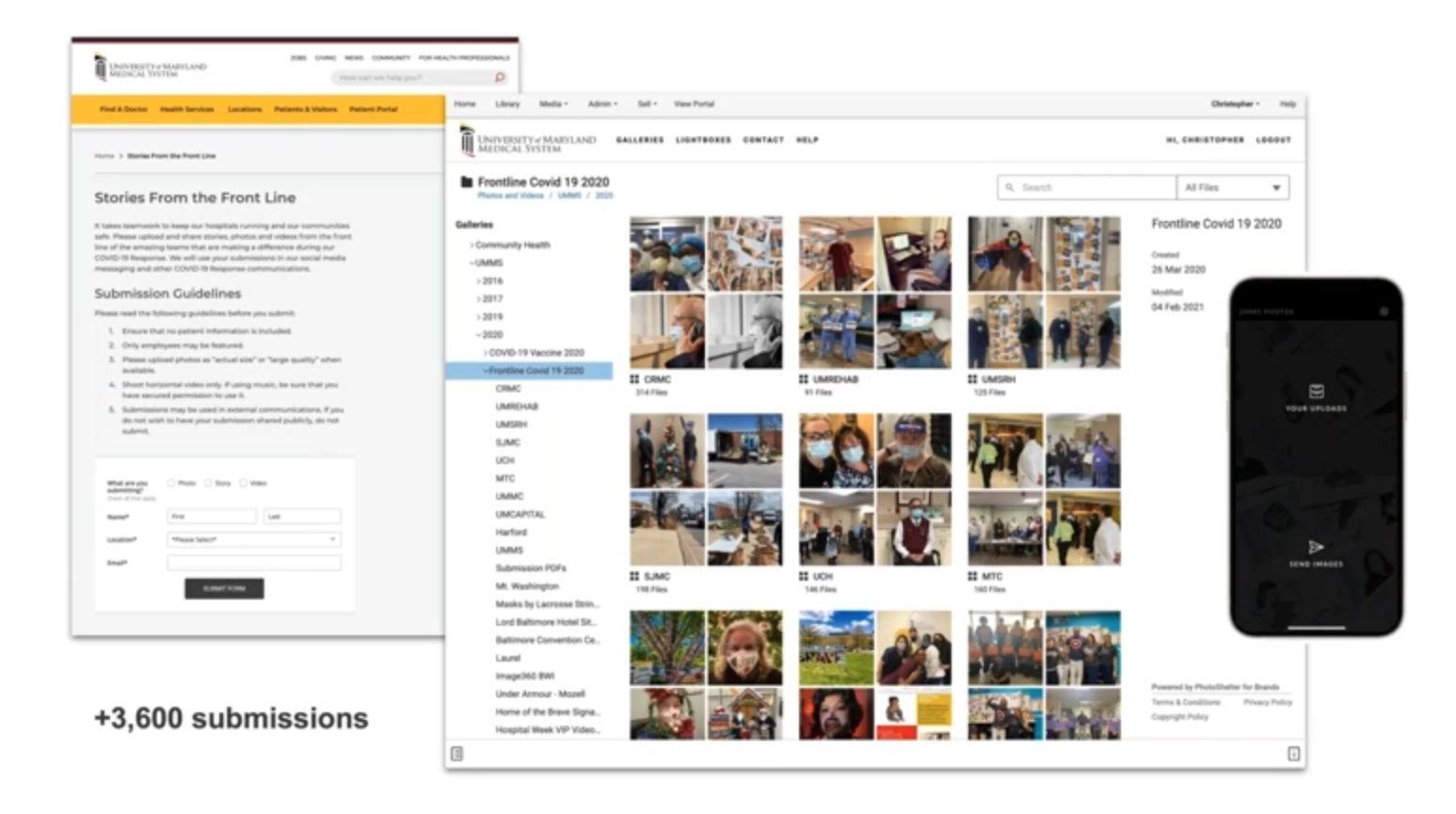
Mike showed another timely campaign example rooted in hometown pride, created to boost team morale. “We created an internal campaign combining the pride of our state of Maryland flag with inspiring messaging…As you can see, the theme took off and was used in thousands of communications all accessed by our team members using PhotoShelter,” he says, “We wrapped buildings, we captured videos of our experiences, and our team members shared their stories. Our external partners were integral to our success and documenting the production was a part of our story and many of our local politicians and celebrities wanted to uplift us with videos of encouragement and we stored them on PhotoShelter as well.”
As the fatal implications of this virus became starkly clear, the community within the healthcare system became a support system for many. Linda shared a story about how the power of photography helped a team member grieve a family member’s loss and ultimately brought the team closer together.
“When one of our respiratory therapists lost a family member to COVID, he decided to use his photography skills to capture these emotional portraits of his coworkers. We uploaded all of his photos—more than 100 team members to PhotoShelter—and were able to maximize the reach by creating a campaign around masking,” she said.
One of their most impactful campaigns was developed to document, promote and support the multi organizational efforts at the M&T Bank Stadium mass vaccination site.
Linda summarized the steps they took to develop such a critical campaign concisely, “When the vaccines were ready, we partnered with the Maryland department of health, the Maryland National Guard and the Maryland stadium authority to quickly set up a mass vaccination site at the M&T Bank Stadium. At the same time, we developed a campaign to encourage vaccinations and provide vaccine education. We created signs and wrapped windows. After developing the vaccine campaign creative, we tapped into the design talent of our vendors to scale up the design needed at our vaccination sites and we captured footage as this was history in the making.”
The way they covered this historical first even lead to organic media coverage. She continues, “We had VIP visits; here you see the Gov. of Maryland, Larry Hogan, doing the pharmacy where football fans normally order a beer. Our biggest celebrities came in April, Vice President Kamala Harris and Dr. Fauci joined by our Governor, the Mayor of Baltimore and the clinical incident command leader for the site, so this was a year like no other for us.”

To learn more from how The University of Maryland Medical System pivoted strategically toward compassionate content coverage and succeeded, tune in to their segment from 20/21 Vision: The Collaboration Summit.



